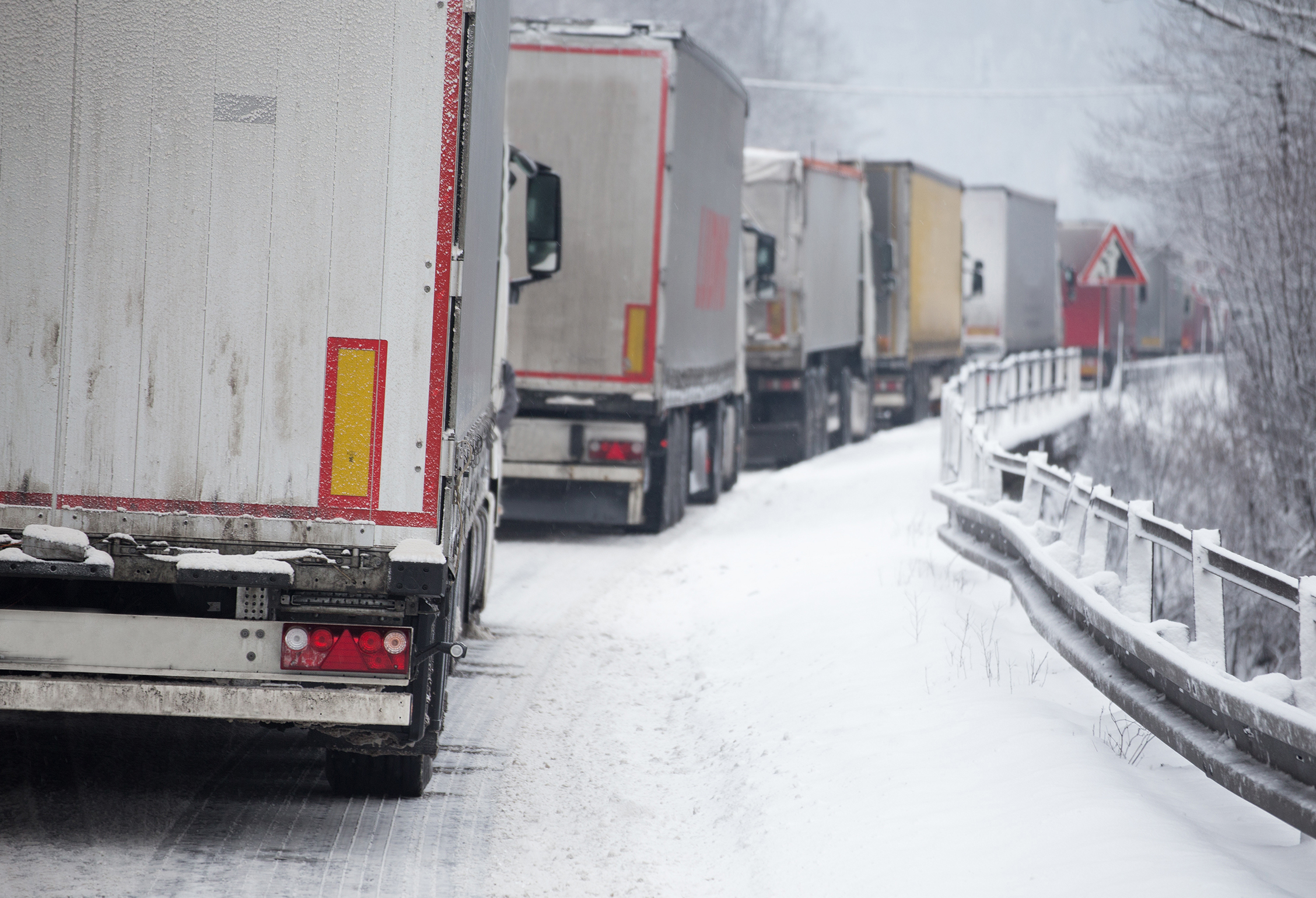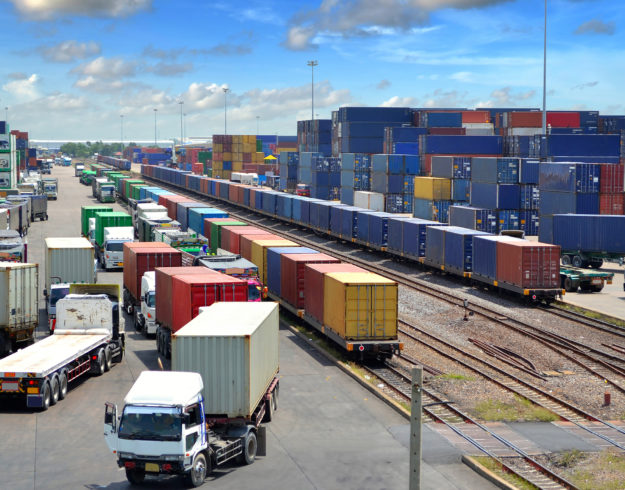In a globalized world, supply chains have more strategic importance for businesses than ever before. Supply chains today face an array of threats from both internal and external factors. Stephen Gould’s team of supply chain experts can help you implement the systems and standards you need to manage risk, assure quality, and make sure your products are built and delivered to your customers as promised.
As supply chains become more complex, they also become more susceptible to disruption. A breakdown or stoppage at a single point — broken machinery at a production facility, incorrect demand forecasting, an unexpected natural disaster — can have cascading effects throughout a supply chain. When supply chains are compromised, it can cost companies millions in lost sales and deal significant damage to their brand reputation.
Supply chain risk assessment is a set of practices that companies develop to identify internal and external risks and curb their potential impact on their business. Identifying potential risks and assessing their likelihood is essential to avoiding supply disruptions and keeping customers and shareholders satisfied.
What is Risk?
The International Organization for Standardization (ISO), an independent, non-governmental body made up of representatives of national standards organizations from around the world, defines risk as “the effect of uncertainty on objectives.” This definition focuses on the effect of incomplete knowledge of events or circumstances on an organization’s decision making.
ISO defines risk management as “systematic application of management policies, procedures and practices to the tasks of communication, consultation, establishing the context, identifying, analysing, evaluating, treating, monitoring and reviewing risk.” It is a coordinated set of activities that govern how organizations identify, assess, and mitigate risk.
What Types of Risks Do Supply Chains Face?
In recent years, many organizations, including some of the world’s largest and most successful companies, have been affected by supply chain disruptions. Increased complexity has made it more challenging to identify weak points in supply chains and stay on top of potential vulnerabilities. All of this contributes to an environment in which there is a much higher level of risk and a wider range of potential risks that companies must prepare for.
Here are seven categories of common risks that companies face today along with some examples:
1. Financial
Supplier bankruptcy
Budget overruns
Unexpected or unfavorable changes in exchange rates
Missed milestones requiring additional funding
2. Scope and Scheduling
Poorly described or vaguely written scope of work (SOW) that creates confusion and delays
Natural disasters that cause production delays or damage to products and facilities
Unexecutable SOW that needs to be revamped
3. Legal
Contractual disputes or differing interpretations of obligations
Failure to meet terms and conditions
Misuse of intellectual property and patent infringement
4. Environmental
Climate change
Deforestation
Water rights and access
Excessive emissions and waste
5. Sociopolitical
Changes in the regulatory environment as a new government takes power
Impact of sourcing and doing business in politically unstable countries
Consumer boycotts or pressure to address how product is manufactured, sold, or used
6. Planning
Hiring the right people with the right skills
Deploying equipment to the right locations
Estimating lead times and logistics needs accurately
7. Human Behavior
Worker illness or injury
Departure of key personnel
Poor decision making


